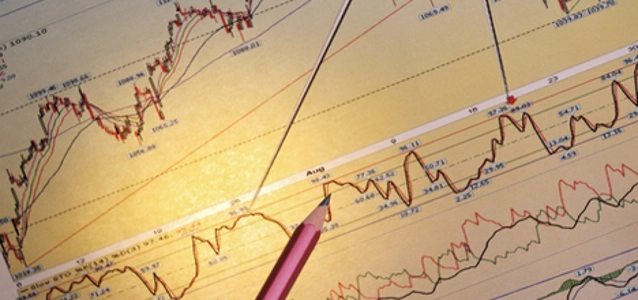
© begemot 30 dreamstime.com
Analysis |
China has been the biggest producer and consumer of MLCC
As the world's leading consumer electronics production base, China has seen a surge in output of various products, which has in turn driven a huge influx of MLCC capacity into the country.
At present, China has been the biggest producer and consumer of MLCC in the world, topping the global rankings in terms of output and sales volume. In 2014, China’s MLCC output reached 1.637 trillion pieces, up 19.0 percent from a year earlier, and the demand totaled 1.8164 trillion pieces, up 20.1 percent from the previous year. It is expected that in 2015 China’s MLCC output and demand will come to 1.902 trillion pieces and 2.087 trillion pieces, respectively.
Being constantly updated, consumer electronics have become more and more powerful, which poses increasingly stringent requirement on passive components and other electronic components. In terms of the current development trends in MLCC, the capacity of unit components grows larger and larger while their volume gets smaller and smaller. The world’s renowned manufacturers were competing fiercely in this respect. In 2015, Murata Manufacturing Co., Ltd. was the first to develop and mass produce the world’s smallest MLCC (008004). Other key players will also shift their focus to smaller products with larger capacity. For example, Eyang Holdings’ shares of 0201 MLCC will exceed that of 0402 MLCC in 2015.
As far as competition is concerned, major global MLCC manufacturers are mainly from Japan, South Korea, and Taiwan, including Japan’s Murata, TDK, Taiyo Yuden, and KYOCERA, South Korea’s Samsung Electro-Mechanics and SAMWHA, and Taiwan’s Yageo and Walsin.
At present, Murata, the world's largest MLCC manufacturer, has a 22.8 percent market share in 2014. In 2015, the company invested JPY18 billion in a new MLCC factory building. Samsung Electro-Mechanics overtook TDK in 2009 as the world’s second largest company, with its market share in 2014 totaling 18.0 percent. In 2015, the company poured KRW288 billion into construction of an MLCC factory in the Philippines. Eyang Holdings, albeit with lower market share, devoted great efforts to working on product miniaturization. In 2015, the company’s 01005/0201/0402 series miniature products accounted for over 95 percent of total output, and its newly launched 0201with 1μF and 2.2μF in capacitance has reached a high level in the industry.
-----
More can be found at Research in China.
